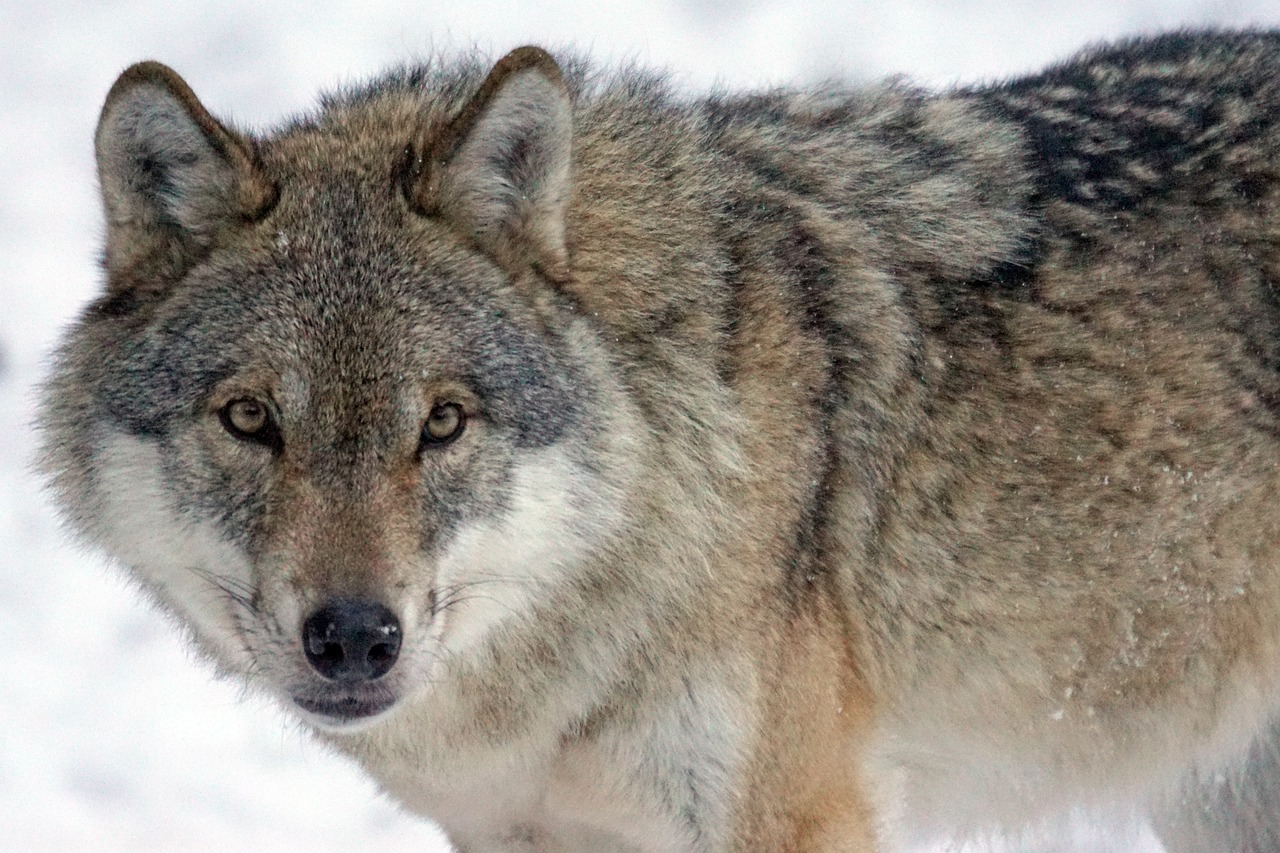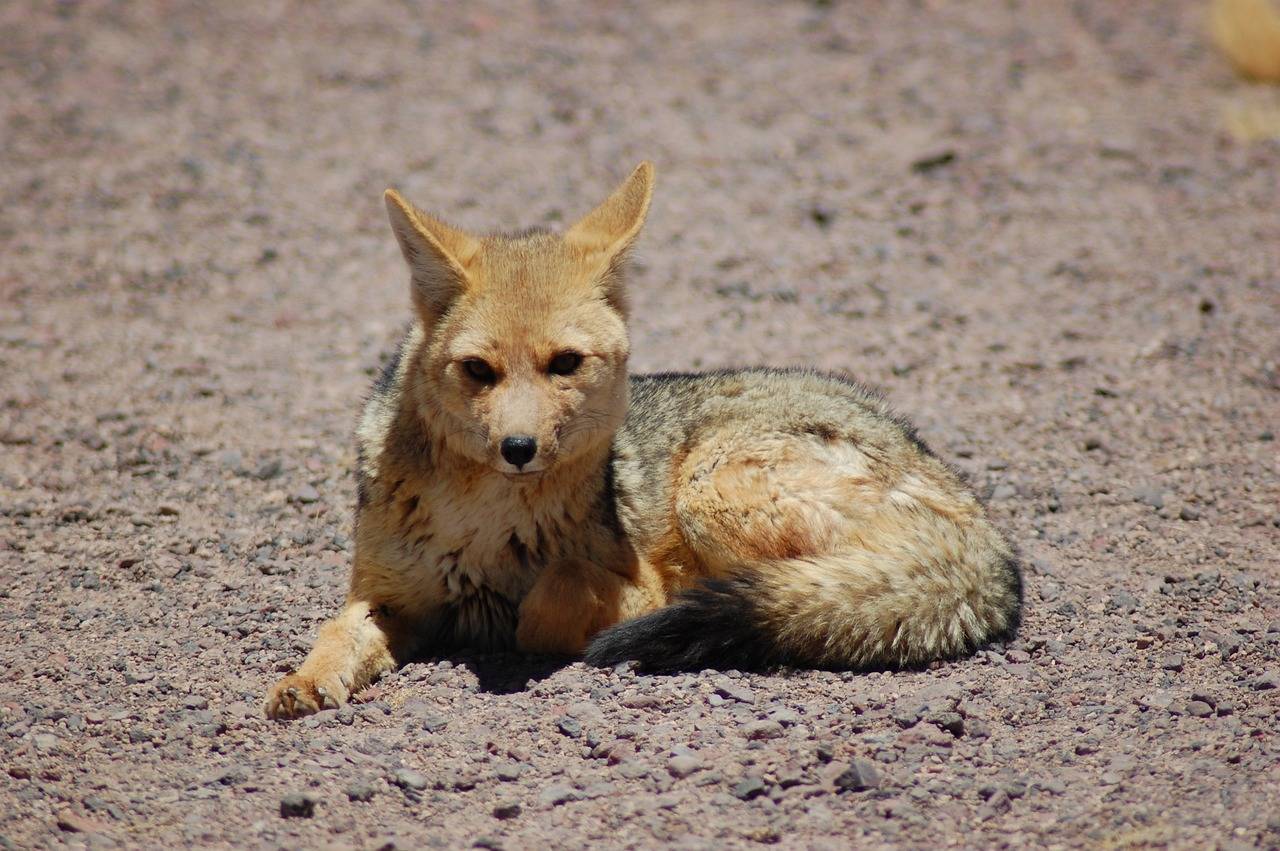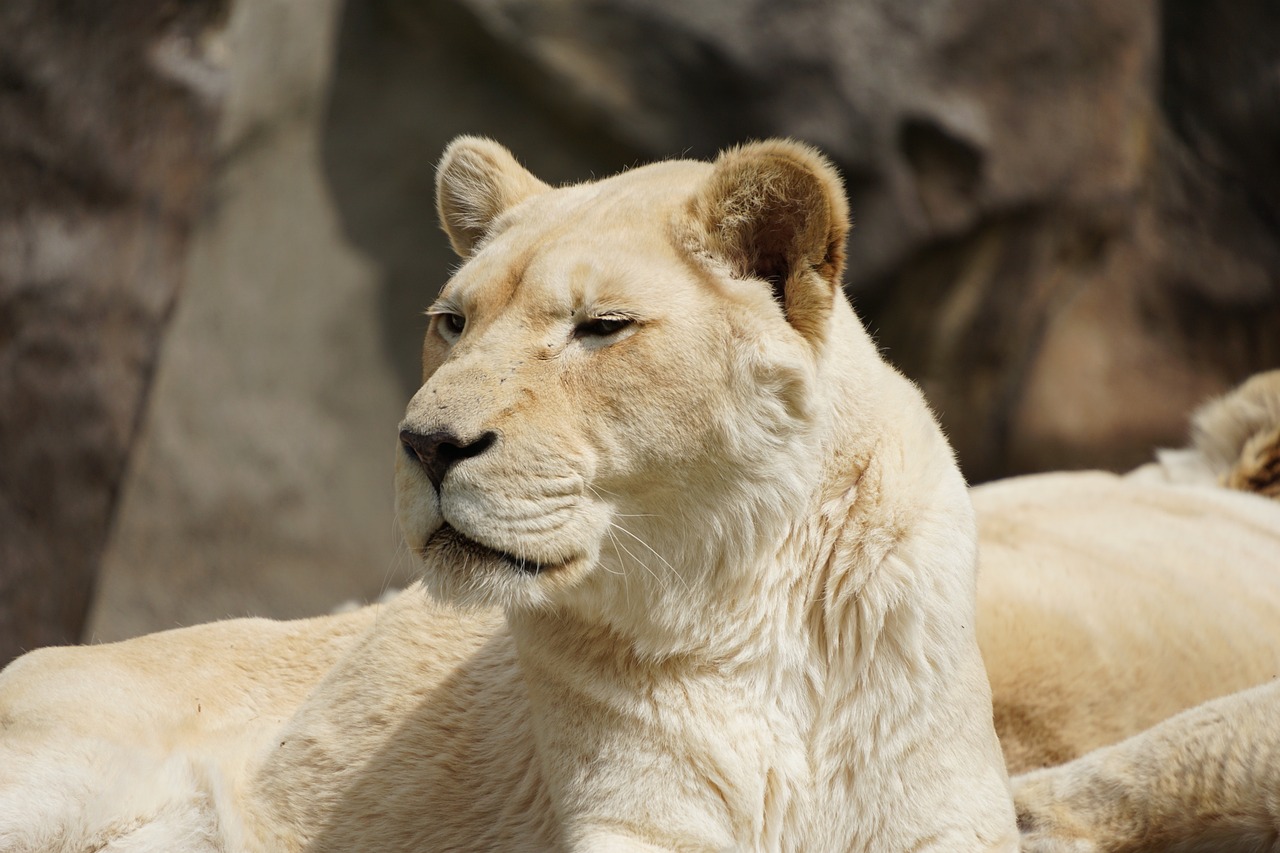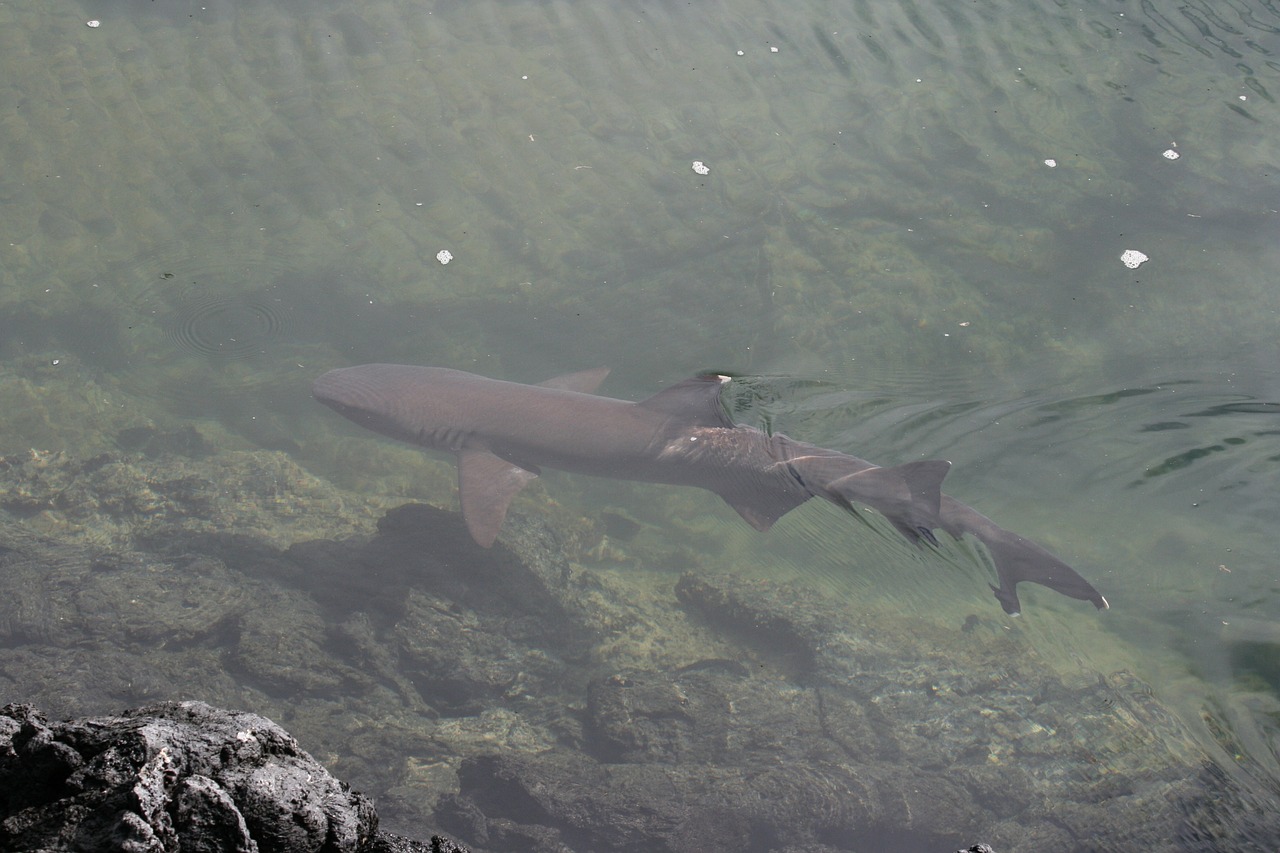Eurasian Wolf
Canis Lupus, a form of the scientific name for the amazing and unknown Eurasian wolf, has been roaming the vast lands of Europe and Asia for centuries. Our article, we explore a number of Eurasian wolf topics, including size, traits, population status, and the fascinating existence of black Eurasian wolves.
We also discuss whether European Wolves are extinct and contrast the Eurasian wolf with its more well-known relative, the gray wolf. We will also discuss topics like the weight and size of Eurasian wolves as well as the existence of European wolves. In addition, we’ll look at what preys on Eurasian wolves in their natural habitat and contrast the Eurasian wolf with its closely related gray wolf.
Eurasian Wolf Characteristics
The Eurasian wolf differs from other wolf subspecies due to its unique characteristics. These wolves are strong and well-suited to withstand the severe weather in their natural habitat because of their thick, dense fur coat. They typically have a variety of fur tones, such as cream, brown, and gray, which helps them blend in with their environment. The Eurasian wolf is known for having a strong social structure; they frequently form packs to aid in hunting and offer protection.
These canines display a variety of coat tones, one of which is the striking black Eurasian wolf, which gets its deep color from a genetic mutation. Their fur acts as a good disguise in the variety of environments they live in, which range from open plains to dense forests.
Eurasian Wolf Size
Regarding the size of the Eurasian wolf, this is one of the most frequently asked questions. These wolves are well known for their enormous size. Adult Eurasian wolves can reach lengths of up to 4.5 to 6.5 feet (1.4 to 2 meters), including their tails. They typically stand 26 to 32 inches (66 to 81 cm) tall at the shoulder. Generally speaking, females weigh between 40 and 80 pounds (18 to 36 kg), while males weigh between 50 and 100 pounds (23 to 45 kg).
Eurasian Wolf Population
Eurasian wolf populations have fluctuated over time as a result of things like habitat loss, conflicts between humans and wolves, and illegal hunting. Nonetheless, coordinated conservation initiatives have been put in place to maintain balance and, in some areas, boost their population. To keep the ecological balance in their Natural Habitats intact, it is still imperative to monitor and protect these incredible creatures.
In an effort to stabilize and boost their population, conservation initiatives have been put in place. While determining the precise population size is difficult, it is believed that thousands of Eurasian wolves live in different parts of Eurasia.
What Eats Eurasian Wolves?
More powerful carnivores are the main source of predation for Eurasian wolves in their natural habitat. Individual wolves may be in danger from brown bears, tigers, and occasionally even from other packs of wolves. The survival of Eurasian wolf populations is still significantly impacted by human activities, such as habitat destruction and hunting.
Black Eurasian Wolf
The black Eurasian wolf, sometimes referred to as the black Eurasian wolf, is an uncommon and alluring variation of the species. Due to a genetic mutation that results in an excess of dark pigments, these wolves have an impressive black coat. Black Eurasian wolves are a mystery because they are less common than their gray or brown counterparts, but they have been seen in different parts of the world.
Eurasian Wolf vs. Grey Wolf
While they belong to different subspecies, the gray wolf (Canis lupus) and the Eurasian wolf are closely related. Their geographic distribution is the primary distinction. Gray wolves are found throughout North America, Asia, and some regions of Africa, whereas Eurasian wolves are mainly found in Europe and Asia.
The fact that both subspecies have similar features and traits in spite of these differences highlights the wolf species’ overall capacity for evolutionary adaptation. The differences between the two subspecies can be attributed to differences in coat color and regional adaptations, with the Eurasian wolf typically being marginally smaller than the gray wolf.
Do European Wolves Still Exist?
Concern and discussion have surrounded the state of European wolf conservation. Thankfully, conservation efforts to save and reintroduce these amazing animals have resulted in notable advancements. There are still populations of European wolves in several nations, which helps to maintain the status of this iconic species.
Conclusion
The Eurasian wolf, with its awe-inspiring characteristics and historical significance, continues to captivate the imaginations of wildlife enthusiasts and researchers alike. As we navigate the complexities of wolf conservation, understanding the intricacies of the Eurasian wolf’s existence and characteristics becomes imperative. With ongoing efforts to protect and preserve their habitats, these remarkable creatures can hopefully continue to roam the wilderness for generations to come.
Understanding these apex predators’ traits, population structure, and interactions within the ecosystem is critical as efforts to conserve them pick up steam. We can guarantee the survival of this iconic species in the varied landscapes of Eurasia by addressing issues like habitat loss and human-wolf conflicts.







